Meet the woman behind Chomp, Hong Kong’s food-saving app
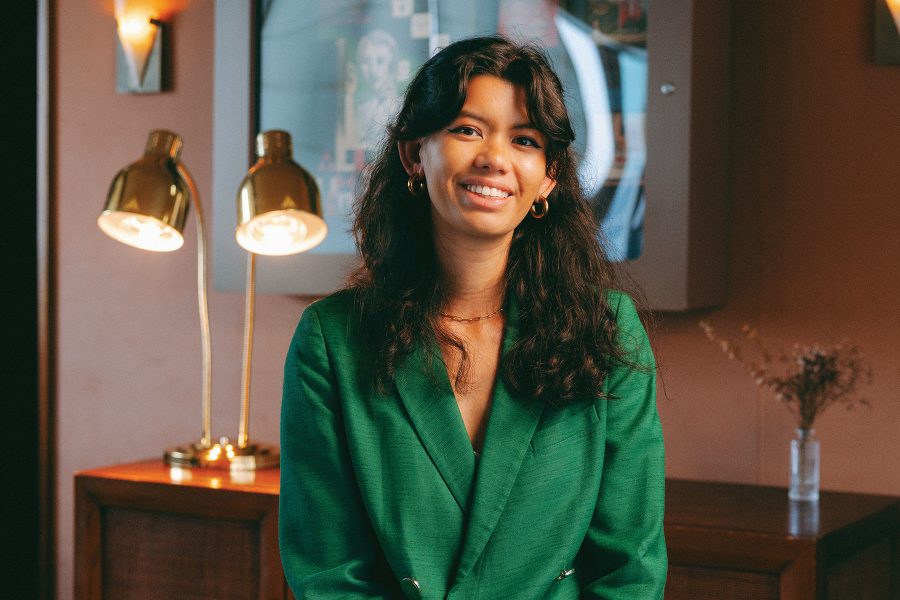
It’s an exquisite feast. A three-tiered pavlova sandwiched with whipped cream and topped with fresh berries and gold foil. Sizzling beef skewers. Fish sausage stew. Daikon pesto salad.
The pavlova has been created from 200 litres of egg whites, donated by a ramen restaurant that only uses the yolks. The daikon salad is assembled from the discarded whites of spring onions and combined with six kilograms of leftover daikon skin. The fish sausage, crafted from 100 kilograms of donated white fish, has been infused with leftover pork fat and stuffed into surplus sausage casings.
It’s inventive. Delicious. A little off the wall. A menu to feed 200 people created by May Chow, founder of Little Bao , and Soho House ’s executive chef Chris Czerwinski, with just 24 hours’ notice. Everything served at The Rescued Feast 3.0, the third birthday celebration of food waste platform Chomp held last November, was created with waste food – 472kg of it, collected from 15 F&B partners across Hong Kong.
“Food waste doesn’t have to be boring or ugly,” says Carla Martinesi, who launched the app in 2021. “Many people think saving food just means eating leftovers all the time, but you can do so much more than that by getting creative.”
Hong Kong generates 3,300 tonnes of food waste which goes to landfill daily. That’s the equivalent of 13 million bowls of rice, or two per person per day: 4.5 times the global average. The Chomp app allows users to buy meals created from surplus food that would otherwise be discarded – at a discount.
There are more than 200 vendors on the app, from sandwich shops to pizza parlours and salad bars. You pay for your meal and are given a time to pick it up at the shop or restaurant – and often the surprise of what you end up with is half the fun. “Because food waste is unpredictable and restaurants don’t know what’s going to be left over at the end of the day, whatever you find on Chomp is called a Mystery Box,” Martinesi explains.
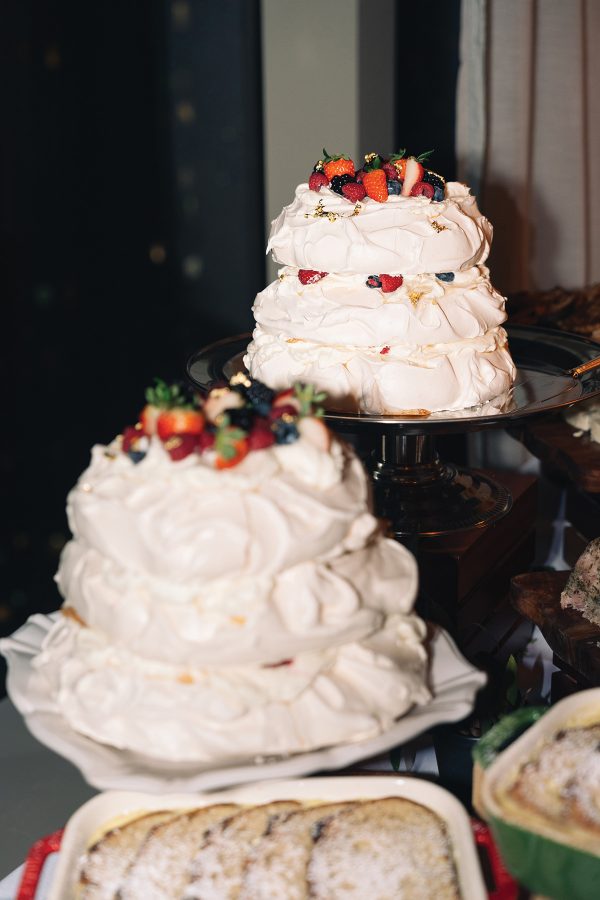
Credit: Marc Taraz
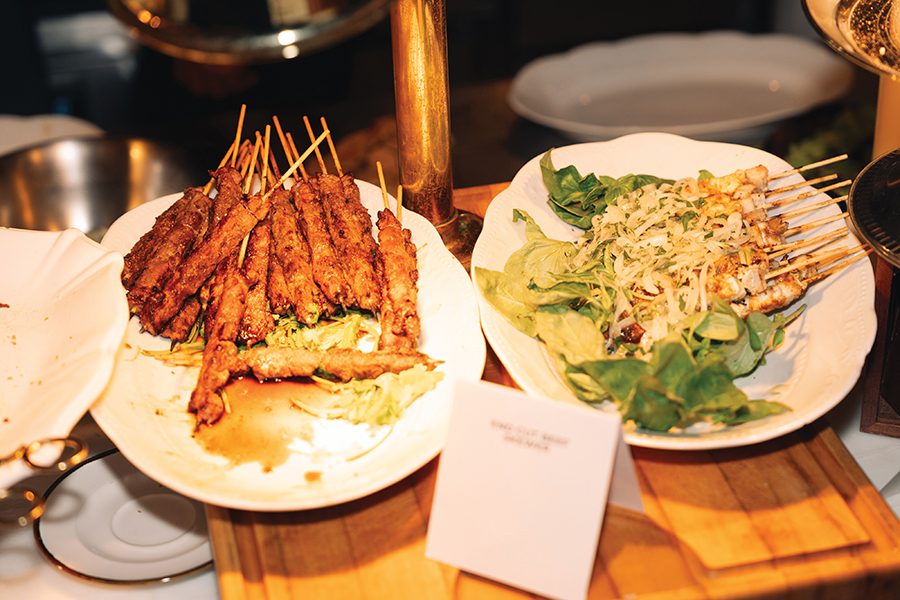
Credit: Marc Taraz
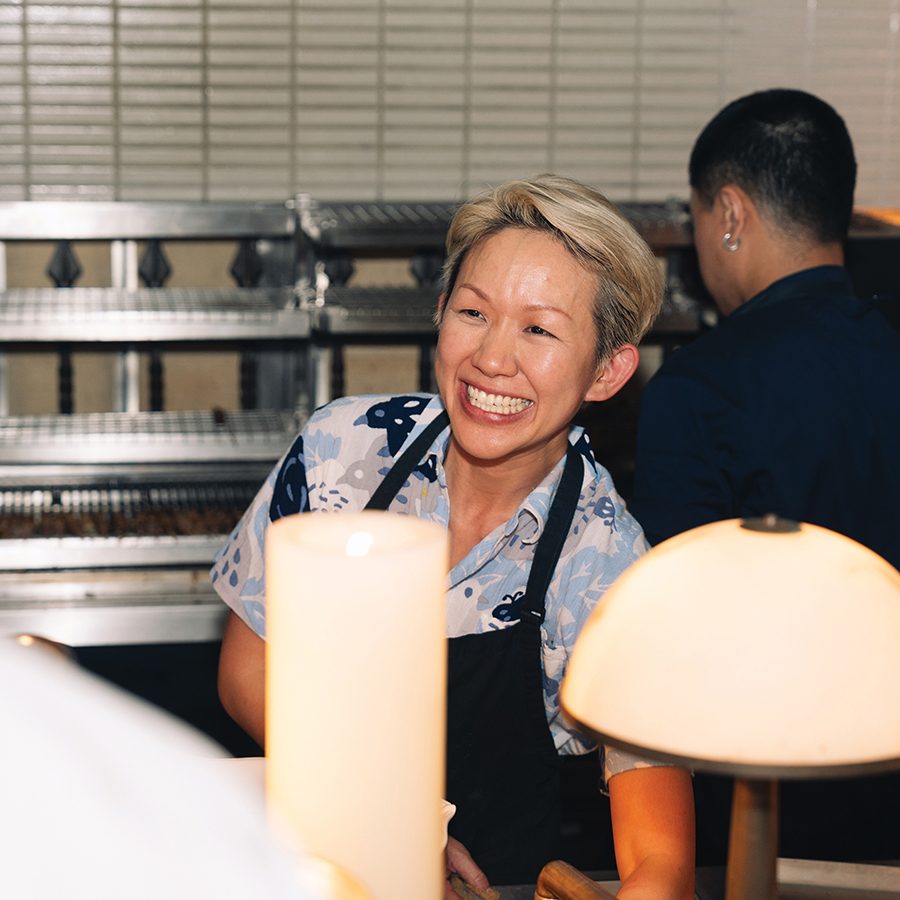
Credit: Marc Taraz
Born to a Chinese mother and a Swiss-Italian father who were both in the food industry, Martinesi grew up between Hong Kong and Switzerland. She was accustomed to having green practices imbued into her everyday life in highly sustainable Switzerland. “When I moved to Hong Kong in 2019 after graduating, I had a massive reverse culture shock. It hit me super hard how backwards sustainability was in Hong Kong.”
Martinesi acknowledges that the issue of food waste in the city has complex societal roots that touch on tradition, culture and people’s sense of duty. From fighting over who pays the bill to leaving offerings of food to ancestors, “food is valued not as a commodity but as a gift we give to others”, she says. “We order an abundance to show that we care – and that we have the means for it.”
She had studied hospitality and loved how working in the field for brands including Marriott and Upper House Hong Kong made her feel connected to different cultures and backgrounds. When she watched these businesses take a hit during the pandemic, Martinesi realised she could help.
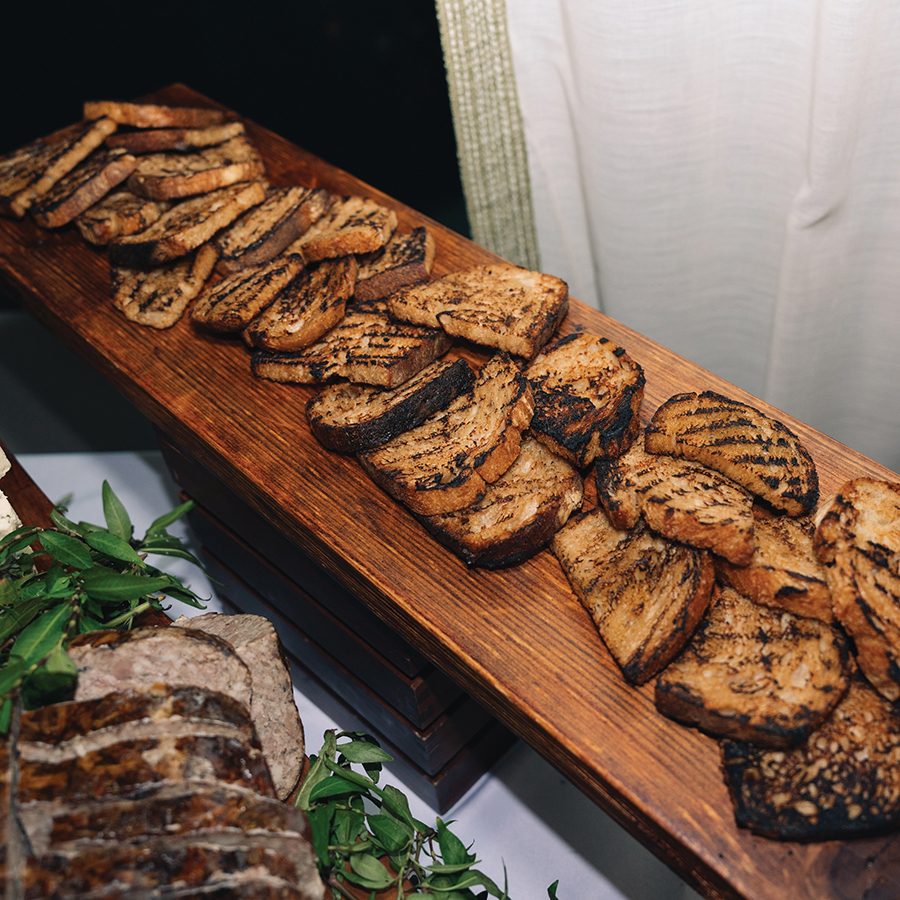
Credit: Marc Taraz
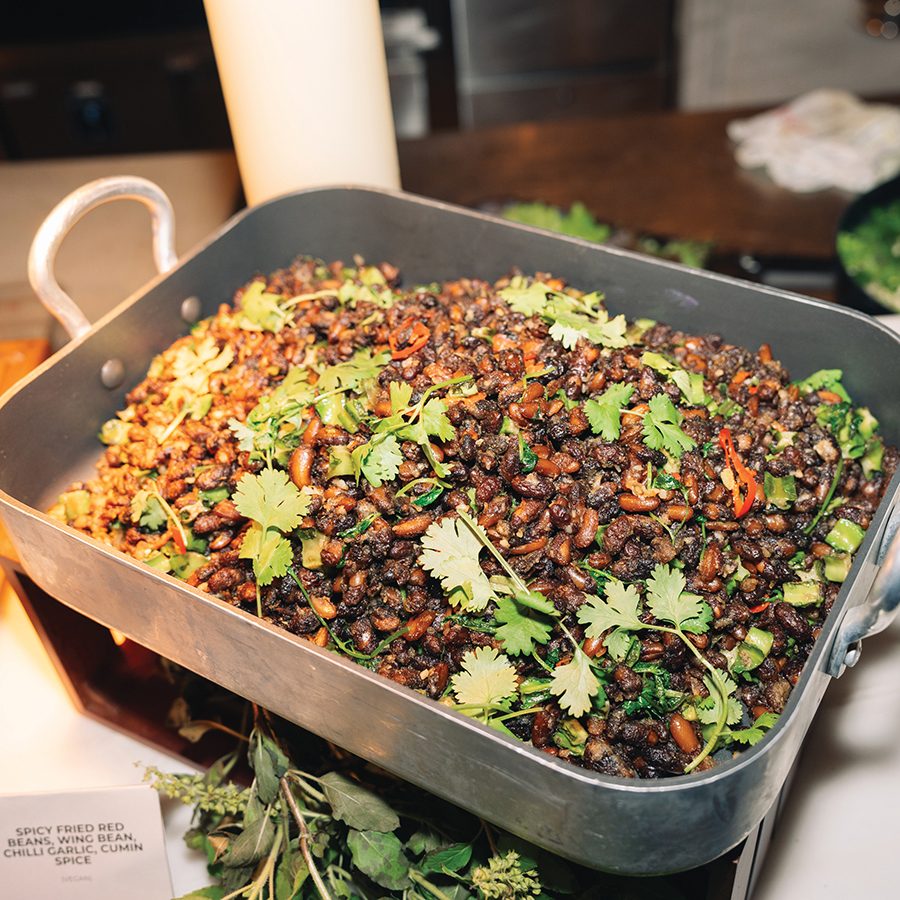
Credit: Marc Taraz
From her research, which included fielding opinions on food waste from Hongkongers, it became clear that rising living costs were a primary concern. People said they would be happy to buy leftover food and eat at odd hours in order to save money. So she devised Chomp, which lets users get a deal on surplus meals, generates revenue for restaurants and cuts down on food waste. “This was a way you could help people to be more sustainable without harming their wallets,” she says. “With each order, you’re saving almost one kilogram of food. You’re doing something good without having to change any of your habits.”
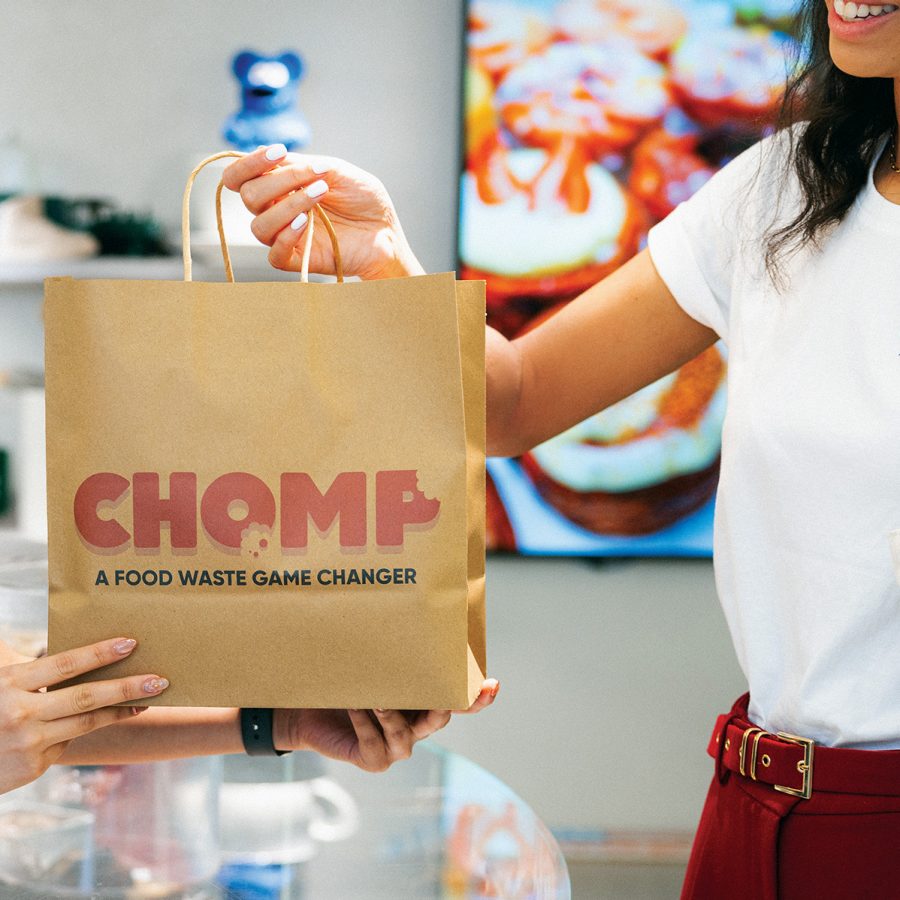
Credit: Elvis Chung
Her work on Chomp earned Martinesi a place on the Forbes 30 Under 30 Asia – Social Impact list in 2023. She isn’t slowing down: “We’re trying to expand more into hotels because we want to tackle the buffet waste problem,” she says. She has also branched out to skincare and flowers in the app, with more corporate engagement and events planned for the future.
And, of course, more Rescued Feasts. “We’ve hosted almost 700 people now for these dinners, both private and public. It’s helped change minds on how food waste can be used,” says Martinesi. At the Rescued Feast 3.0, guests were encouraged to bring home any remaining food boxed in compostable packaging made by Sustainabl to enjoy later – and perhaps to turn into something new. After all, at a Chomp event, there’d better not be any food wasted.
More inspiration
- China – the Chinese Mainland, Hong Kong SAR, Macao SAR and Taiwan Region
- Hong Kong SAR - English
- Chinese Mainland (China) - English
- Taiwan, China - English
- 香港特別行政區 - 繁體中文
- 中国內地 - 简体中文
- 中國台灣 - 繁體中文
- Africa
- South Africa - English
- Asia
- Bangladesh - English
- Korea - English
- Singapore - English
- Cambodia - English
- 한국 - 한국어
- Sri Lanka - English
- India - English
- Malaysia - English
- Thailand - English
- Indonesia - English
- Maldives - English
- ประเทศไทย - ภาษาไทย
- Indonesia - Bahasa Indonesia
- Myanmar - English
- Vietnam - English
- Japan - English
- Nepal - English
- Việt Nam - tiếng Việt
- 日本 - 日本語
- Philippines - English
- Australasia
- Australia - English
- New Zealand - English